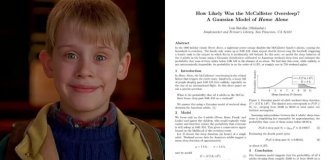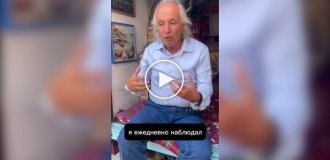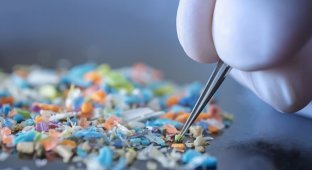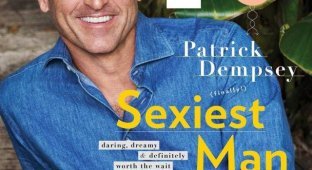Cat Matroskin, famous for his practicality and financial literacy, used to say that in order to sell something unnecessary, you must first buy something unnecessary. And, as usual, this requires money. 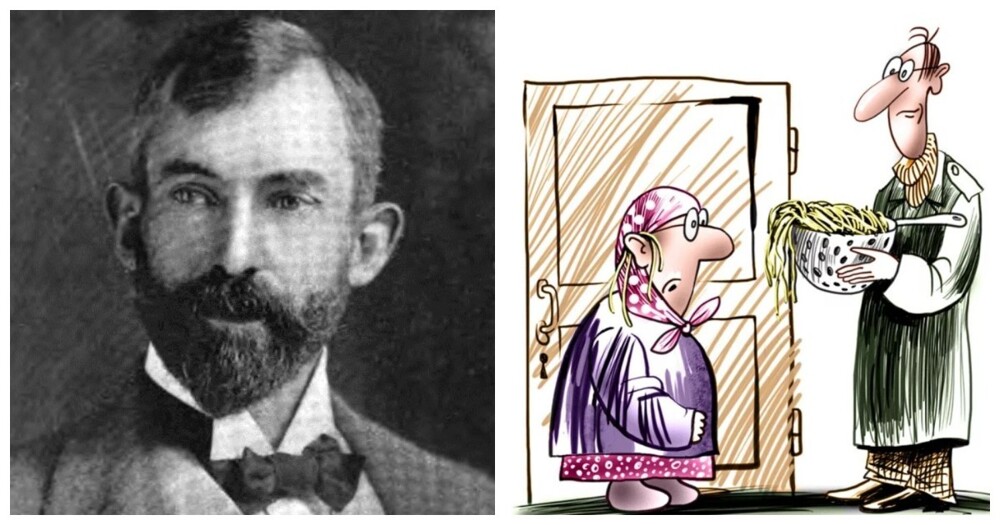
A fairly common way of obtaining financial resources at all times is not honest work, but fraud and quackery. 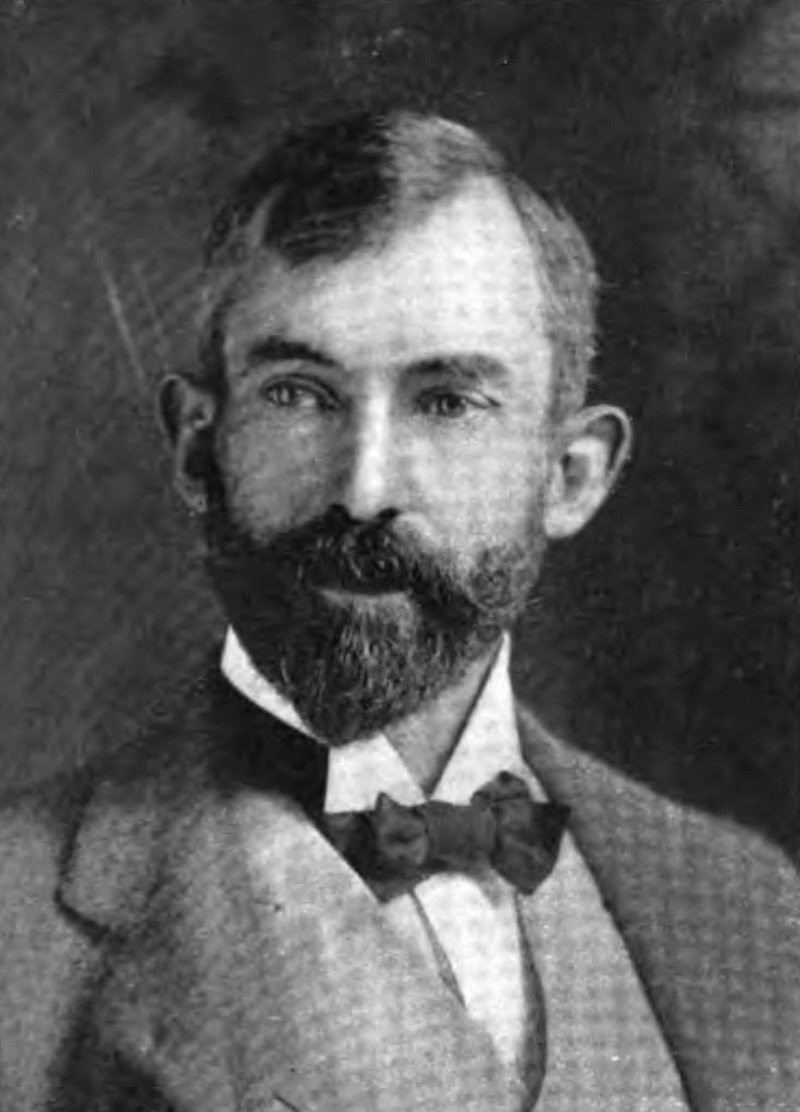
Gaylord Wilshire
The technique is as old as time. For every fool with money, there is someone who is willing to take that money and exchange it for something of little value. This is especially true for health: in an attempt to regain elusive health or cope with an incurable disease, people are ready, if not for everything, then for almost everything.
In the early 1920s, an outlandish invention called the Ionaco, created by former political activist Gaylord Wilshire, caused a lot of rumors, gossip and discussion. Promoted as an electric belt with miraculous healing properties, Ionaco entered a world where unconventional medical devices had a controversial place.
Gaylord Wilshire 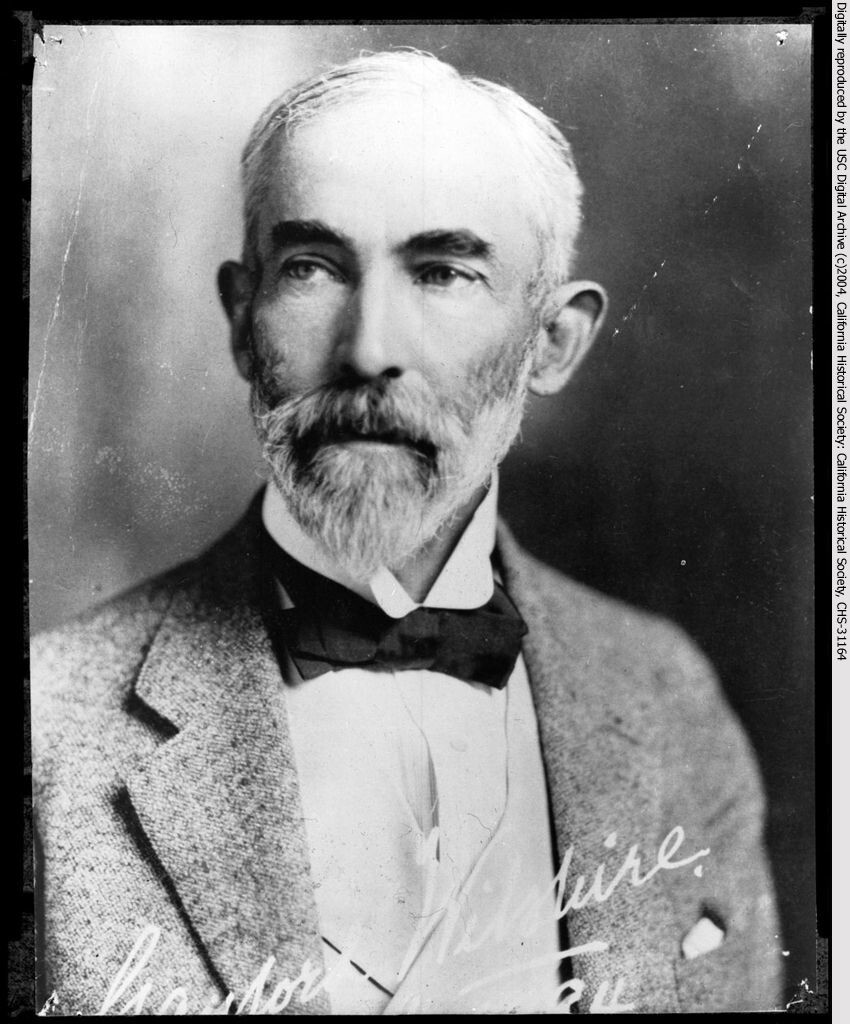
Gaylord Wilshire was born in 1861 and was known as a real estate developer and political activist. He first became famous as a real estate developer, primarily in Los Angeles, where he played a significant role in the city's growth in the late 19th and early 20th centuries.
Having achieved success in this path, Wilshere turned his attention to more altruistic topics. In particular, he became famous for his political activity.
One might expect a developer to be conservative, but Wilshire was a prominent supporter of socialist and radical ideas.
Wilshire's political career was marked by his support for progressive reforms, labor rights, and wealth redistribution. He ran for various political positions but never achieved widespread success. Despite this, his efforts and open propaganda left an indelible mark on the political life of that era.
Why Wilshire left real estate and politics and took up a career as an inventor is not known for certain. Some historians believe he was simply bored with real estate. And the man turned to invention to compensate for his failures in politics.
Others believe he became interested in medicine because of his own health problems. As Wilshere aged, he began to suffer from increasingly severe and debilitating headaches.
Life Belt 
Otto Heinrich Warburg - German biochemist, doctor and physiologist, winner of the 1931 Nobel Prize in Physiology or Medicine
Wilshire began work on his Life Belt in 1910. Development took him 15 years. At first he researched clothing impregnated with radium and electric heating pads, and for a while he even sold a special type of bread for health.
The design of all his products was related to his "radiation cure theory", which he first publicly outlined in 1924. His obsession with health was sparked by Otto Heinrich Warburg, a German physiologist, physician and Nobel laureate known for his research on iron in the blood. Wilshire's belt contained a thick coil of insulated wire that generated a small magnetic current, and another smaller wire to which a flashlight was attached. This light came on when it was next to a thicker coil. The rest of the belt was covered with thick leather. The belt weighed almost 3 kilograms. 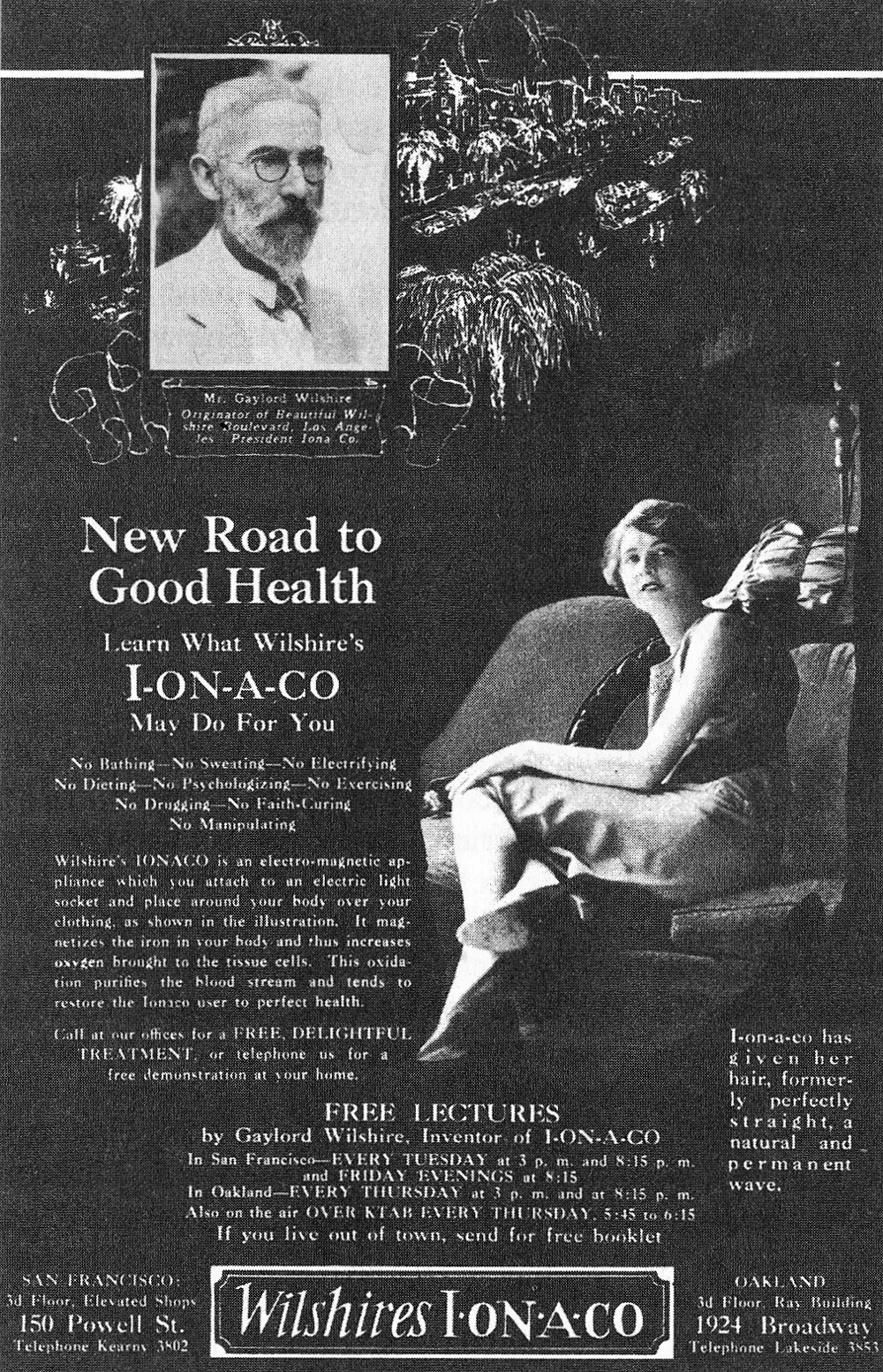
Wilshire claimed that the magnetic field created by the coil increased the body's absorption of oxygen. He believed that increased oxygen flow could cure numerous diseases and improve overall health. Promotional materials said that Ionaco could cure everything from cancer to diabetes.
After years of working on the belt, Wilshere first tried it on himself in 1925. It supposedly instantly cured the headaches that had plagued him for decades. He then began giving it to friends and relatives, who happily reported positive results.
Encouraged by these results, Wilshire soon opened an office for the Iona Company in Los Angeles. The belts began selling like hot cakes, and soon his company had agencies throughout the Pacific Coast and major metropolitan areas of the United States. Between 1925 and 1927, Wilshire sold approximately 50,000 units. The peak of sales occurred in 1926.
Genius or charlatan? 
Much of this success was due to Wilshere's marketing talents. He advertised his miracle remedy through reviews that he published in newspapers and broadcast on the radio. These statements were often attributed to famous or famous and respected doctors. It was later discovered that most of the quotes in the ad were lies.
Even more devices were sold through demonstrations and door-to-door sales tactics.
Known as demonstrators, Ionaco salespeople provided both paid and free trial treatments to potential buyers. It is known, yes, in general, and expected that they chose those who were most likely to succumb to their loud statements. 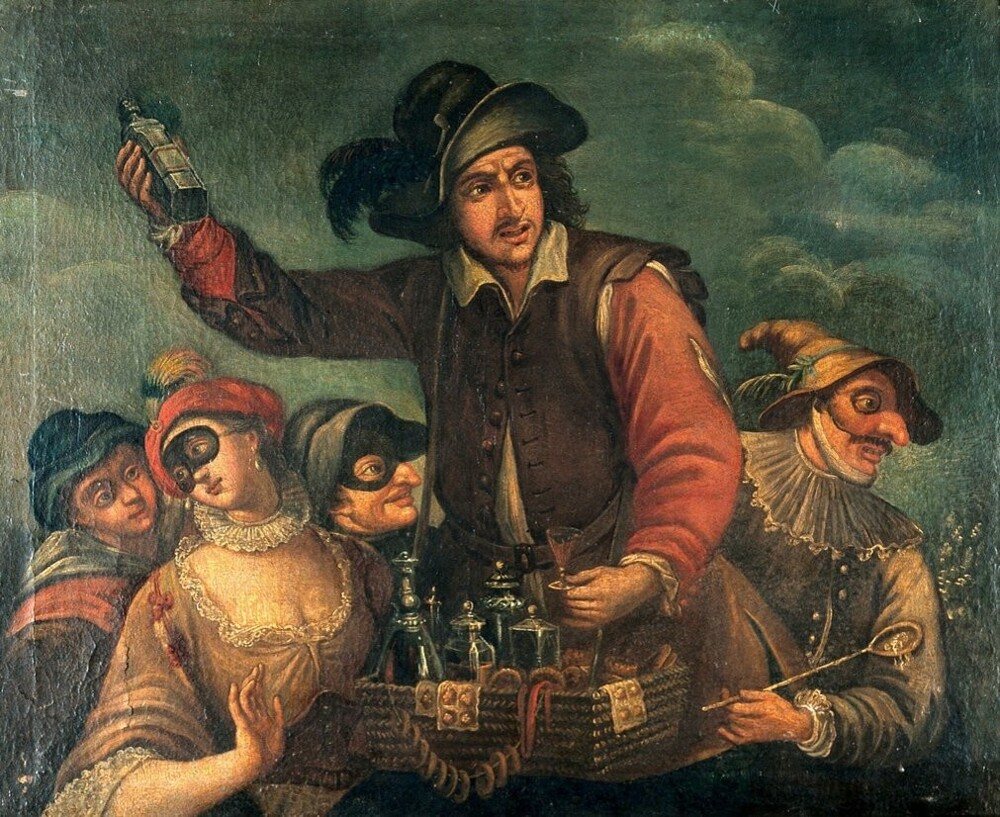
The cost of the belt was about $3.50, but it sold for $65 (almost $1,100 in today's money). That's a pretty good markup, isn't it? For the most desperate and despairing, it was possible to obtain a loan for the purchase.
Why did real doctors and medical organizations chew rubber for so long? Unknown. But they finally paid attention to the dubious figure from medicine. An investigation began, which turned into a confrontation.
The seed of doubt fell into fertile soil. And in the summer of 1927, sales began to fall. That same year, the Iona company collapsed, but sales of the device continued for many more years. Although health experts continued to identify Ionaco as quackery.
However, this did not prevent imitators from appearing on the market. In 1928, former Iona manager Philip Ilsey released his own version of the device, the Theronid. Over time, other clones appeared, including Ionizer and Restoro. 
But what happened to Wilshere? Did his miracle invention allow him to live forever? Not really. Wilshere died in 1927 in a New York hospital from kidney disease.
Wilshere's legacy is strange, confusing and contradictory. He was once known for his progressive views. But he was ultimately remembered as a charlatan whose fictitious inventions targeted the weak, suggestible and vulnerable sections of society. How did he reconcile what his company did and the money it made with his own socialist beliefs?
There are two options. Either Wilshere was a fraudster and a hypocrite who knew that his device was a deliberate fake, and was happy to make money from patients. Or he sincerely believed in his product and let the process take its course. In any case, a lot of people wasted their money on a completely useless glow belt and never became healthy.
Add your comment
You might be interested in:

